A Photo-Essay Trek Along the Panamá Route
Most Civil War historians and enthusiasts agree that going to a battle site and seeing the ground firsthand is critical to understanding what happened there. The same could be said for other historic sites. As part of the research for my 2024 book Treasure and Empire in the Civil War: The Panamá Route, the West and the Campaigns to Control America’s Mineral Wealth, I slowly visited sites (some deliberately and some unintentionally) that were featured in the book. I have previously explained some of my visits west, including to Utah, to Virginia City, Nevada, and to San Francisco. Now, it is time to highlight my (slow) visit to many areas along the Panamá route.
This route was the sea journey between New York and San Francsico. By 1860, journeys west began in New York, where travelers boarded steamers from Cornelius Vanderbilt’s Atlantic and Pacific Mail Company. They took these steamships through the Windward Passage between Cuba and Haiti before docking at Colón, on the Panamá isthmus, then part of the United States of Colombia. Travelers then boarded trains owned by Vanderbilt’s Panama Railroad Company for the quick journey across the isthmus to Panamá City. They then boarded another steamer, part of William H. Aspinwall’s Pacific Mail Steamship Company, to travel north, touching at several ports in Mexico before reaching San Francisco.
This was the primary way people traveled west to California, with approximately 372,615 people reaching California this way between 1848 and 1869. 96,356 people traveled west on the Panamá route during the Civil War (with another 54,774 traveling east between 1861 and 1865).[1] This was also the primary route for California gold and Nevada silver to make the journey east, with $170,749,030.60 in bullion transferred east along the Panamá route during the Civil War.[2] Let’s follow some of this money on its journey by linking a specific trip along the Panamá route with some images I took while visiting different areas of the journey.[3]
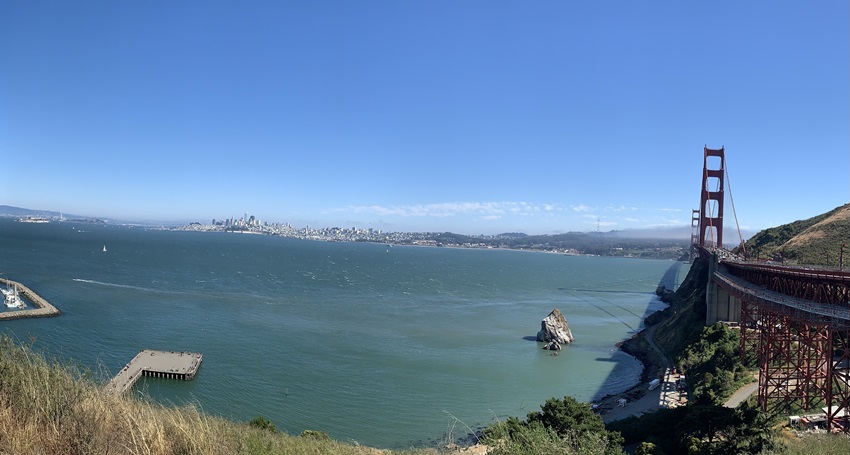
On October 22, 1864, the Pacific Mail Steamer Sacramento departed San Francisco for a journey down the Panamá route. Packed in its hold was $1,052,491.93 in California gold and Nevada silver, equal to double the entire treasury of the Confederacy. In late October, Sacramento rounded the Baja Peninsula and briefly touched at Cabo San Lucas, delivering cargo and picking up more.
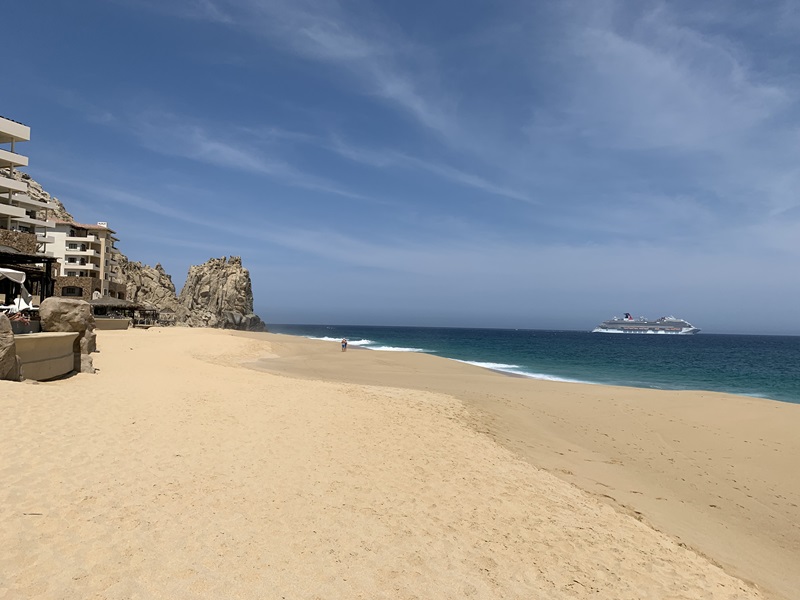
Sacramento then quickly made the journey across the Gulf of California. It also briefly docked at Mazatlán, where more cargo was discharged. From there, it continued down Mexico’s coast, touching at both Manzanillo, on October 29, and Acapulco, on October 30. At Acapulco, they encountered two United States warships at anchor: the 22-gun sailing-sloop Cyane and the 4-gun bark-storeship Farallones. The pair of warships spent most of 1864 patrolling these Mexican Pacific ports in efforts to both maintain stability during French interventions and to guard against potential Confederate activity.

Sacramento reached Panama City on November 5, 1864, and its bullion and passengers boarded the Panama Railroad to cross the isthmus that same day. The train reached Colón in an hour, and the much of the bullion and passengers were loaded onto the Atlantic and Pacific Mail Steamer Ocean Queen for the journey to New York. The rest of the gold was loaded onto a neutral British ship for transport to England, where it would then board another British ship for transport to New York, a measure taken to protect some of the gold from capture by Confederate commerce raiders.
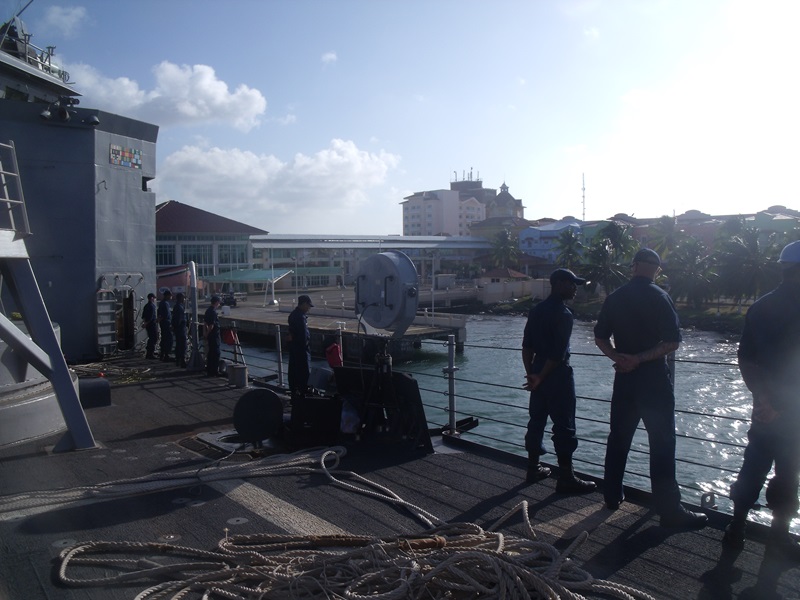
Though Sacramento’s passengers and crew did not know it, they dodged a nearby bullet by days. On November 10, 1864, a small team of Confederate sailors boarded the mail steamer Salvador in Panamá City. They were disguised as passengers, with the intention of seizing the steamer and using it to capture other Panama steamers packed with gold making the trip down from San Francisco. Instead, sailors from USS Lancaster learned of the scheme and stopped it before the Confederates had a chance to capture Salvador.[4]
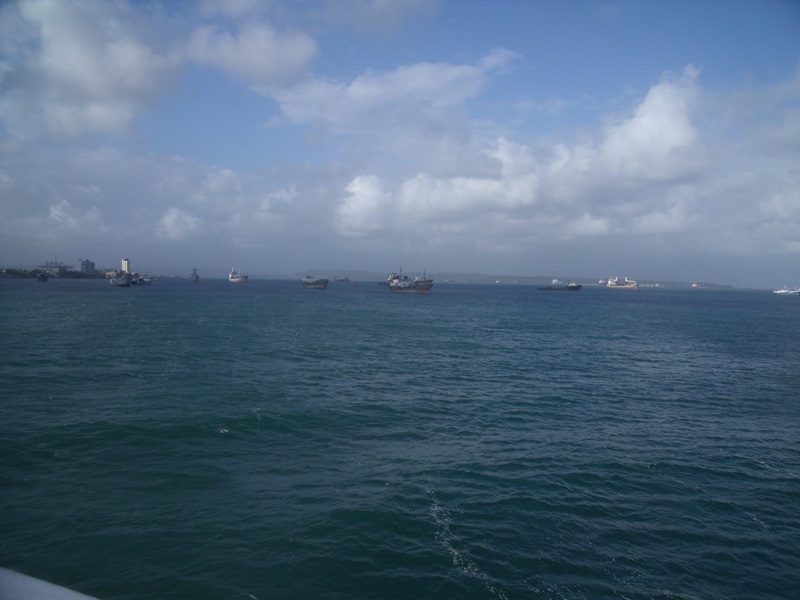
Ocean Queen departed Colón on November 5, the same day Sacramento docked. The Atlantic steamer was not alone, however. It was accompanied by USS Grand Gulf, a 6-gun screw-sloop, which acted as escort. Even in late 1864, Confederate commerce raiders still prowled the seas, and the United States Navy had been convoying treasure steamers departing Colón since early 1863, following the capture of the treasure steamer Ariel.
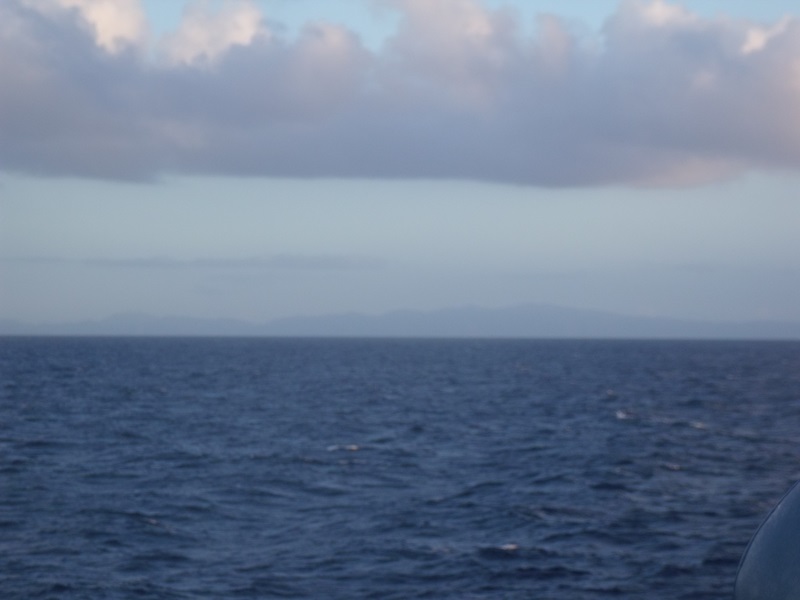
Ocean Queen and its escort Grand Gulf made good time at first. The pair passed through the Windward Passage, where Ariel was captured by CSS Alabama, without incident. They then continued north, past the Confederacy’s Atlantic coast. While transiting the Carolina and Virginia coast, Ocean Queen itself dodged another near encounter. While both ships steamed north to New York, the Confederate commerce raider Chickamauga was prowling waters between North Carolina and Bermuda.
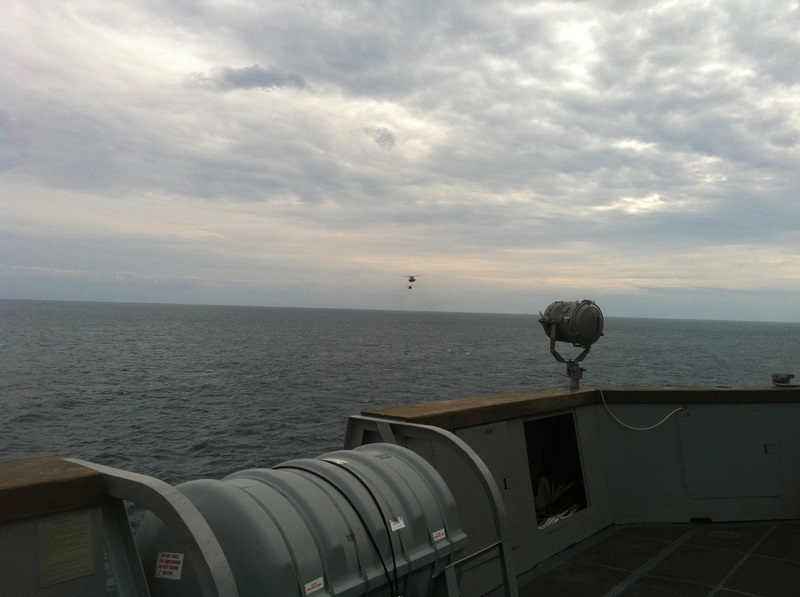
Chickamauga missed Ocean Queen and Grand Gulf though, and the pair docked in New York City on November 14 1864. The entire journey had taken 24 days. It was just one of the 155 journeys passengers and bullion made on the Panamá route from San Francisco to New York during the Civil War, a route that continues today in the form of significant maritime traffic through the Panama Canal and up and down both the Atlantic and Pacific coastlines of North America.
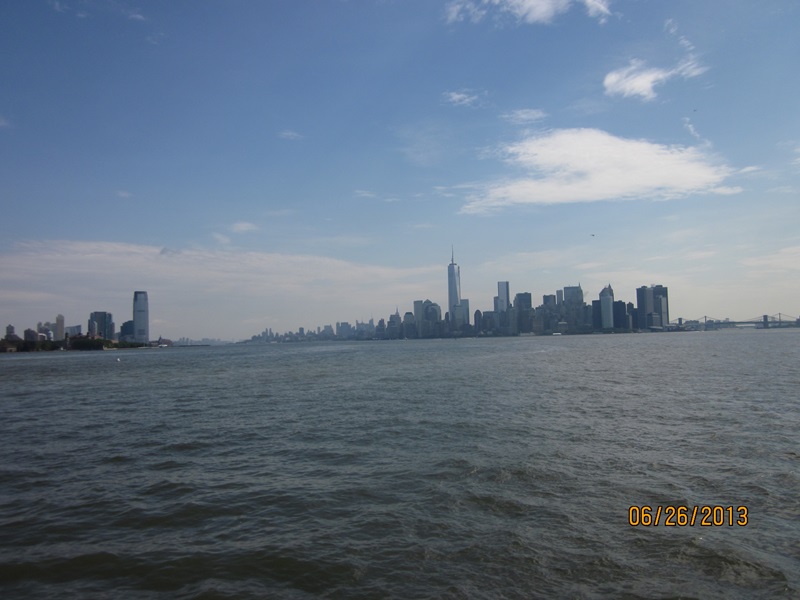
Endnotes:
[1] John H. Kemble, The Panama Route, 1848-1869 (Berkeley, CA: University of California Press, 1943), 254.
[2] Neil P. Chatelain, Treasure and Empire in the Civil War: The Panamá Route, the West and the Campaigns to Control America’s Mineral Wealth (Jefferson, NC: McFarland, 2024), 217.
[3] For information related to this journey, see: “Interesting from the Pacific,” New York Herald, November 16, 1864; “Important from the Pacific,” New York Herald, December 5, 1864; “Arrival of the ‘Sacramento,’” Daily Alta California, San Francisco, CA, November 29, 1864; Official Records of the Union and Confederate Navies in the War of the Rebellion, Series 1, Vol. 3, 196-197, 375-376.
[4] Chatelain, Treasure and Empire in the Civil War, 169-172.
Fascinating. Thank you. The CSA would have loved to have that gold.
Thank you for this. I have long read about the Panama Passage, I have never seen photos….
Great post, Neil. Loved the modern-day pictures that fit the narrative. Great job.
Great lecture on the subject matter of your book at the Houston CWRT. I really enjoyed it. Hopefully you can get around the country to give the same talk.
Very helpful introduction to an interesting topic